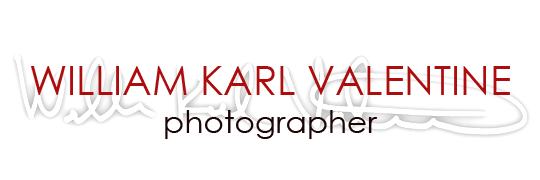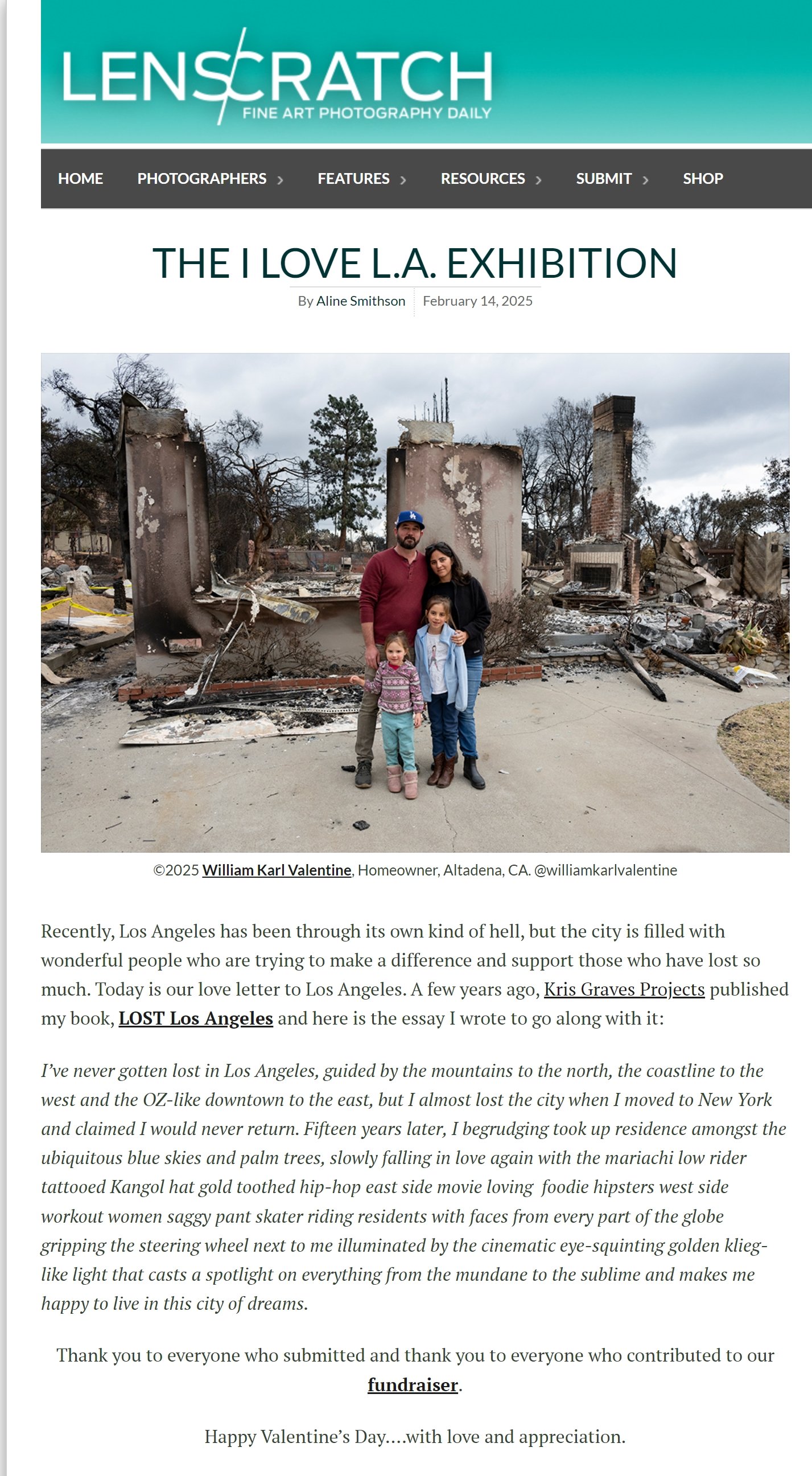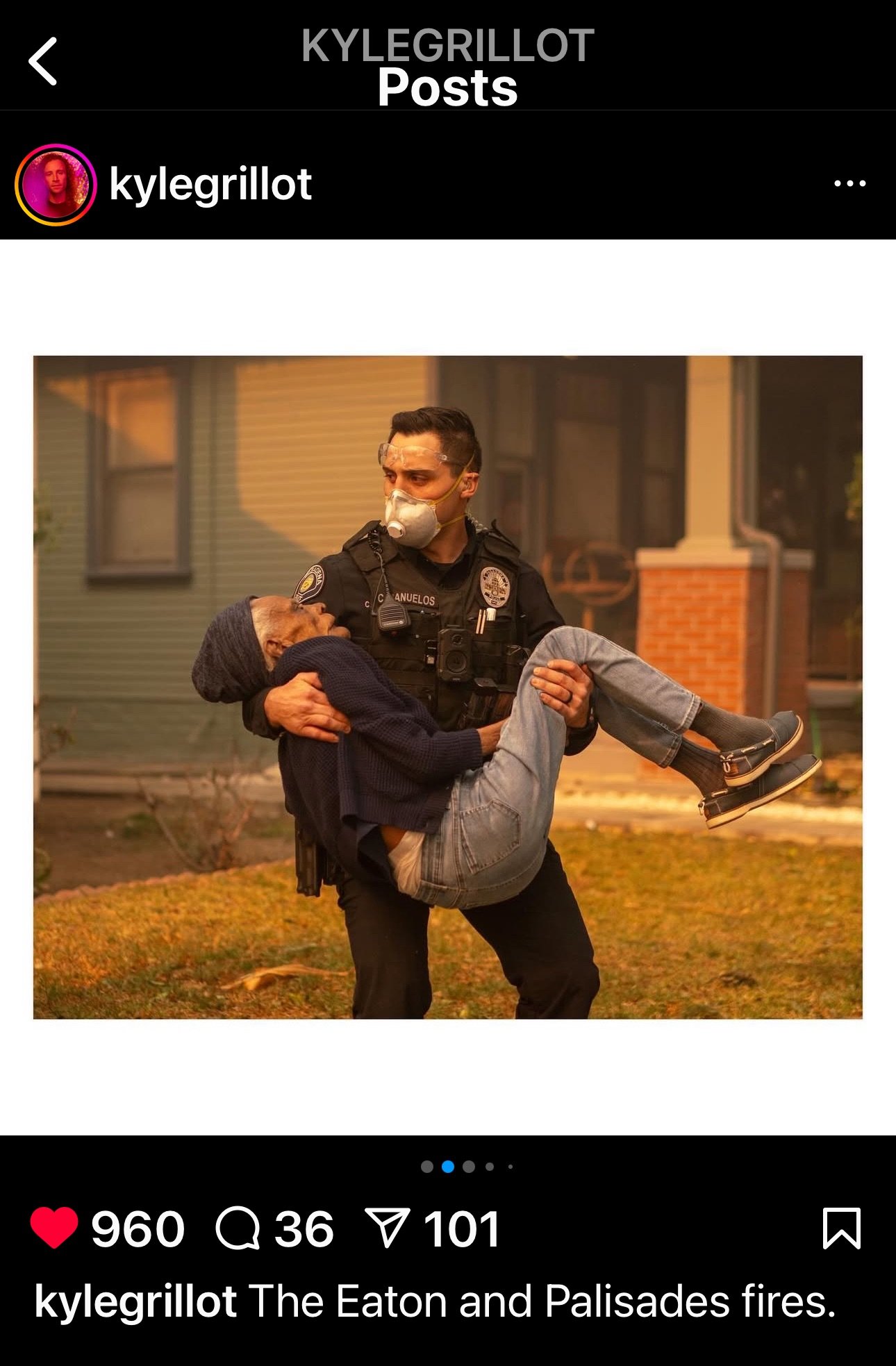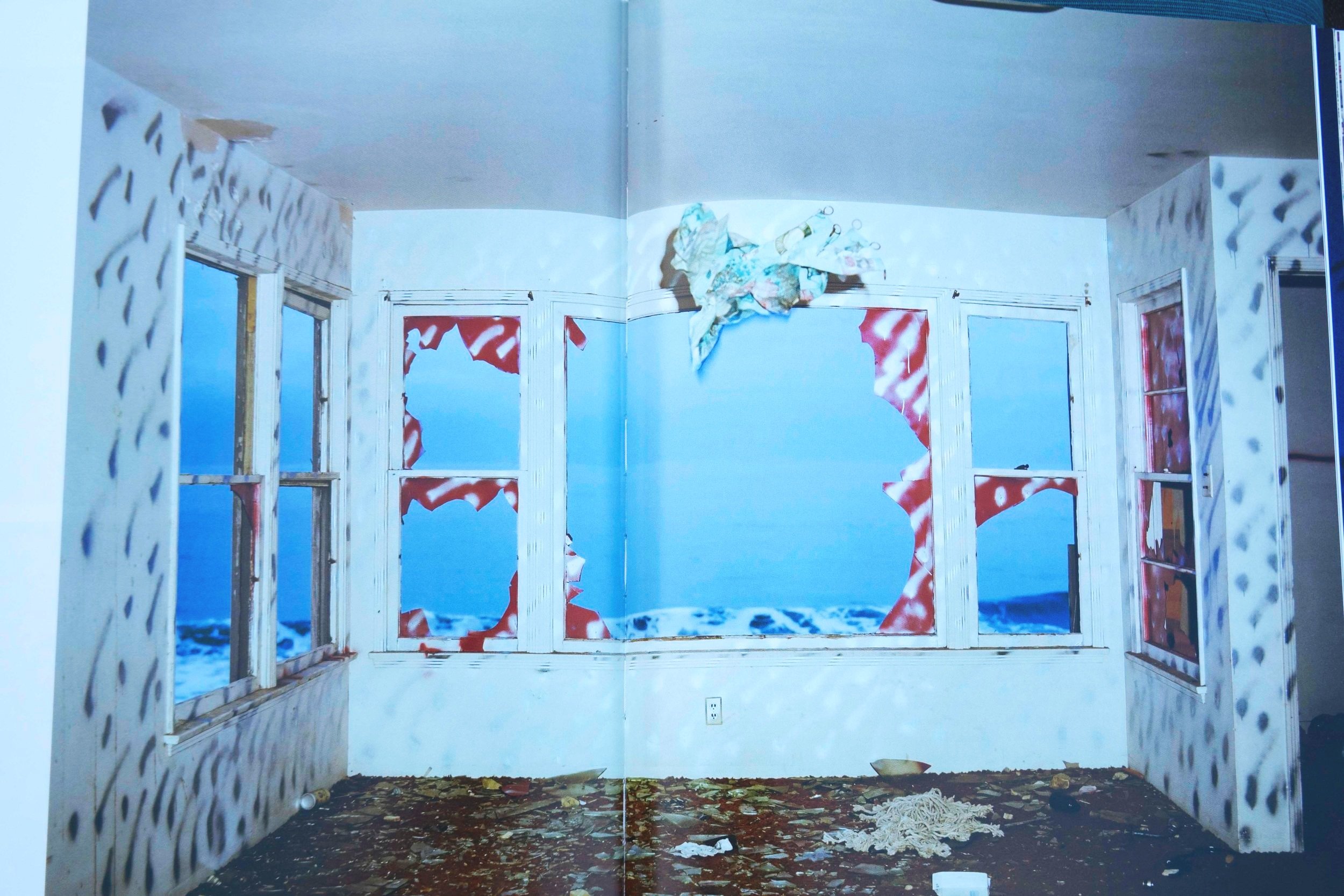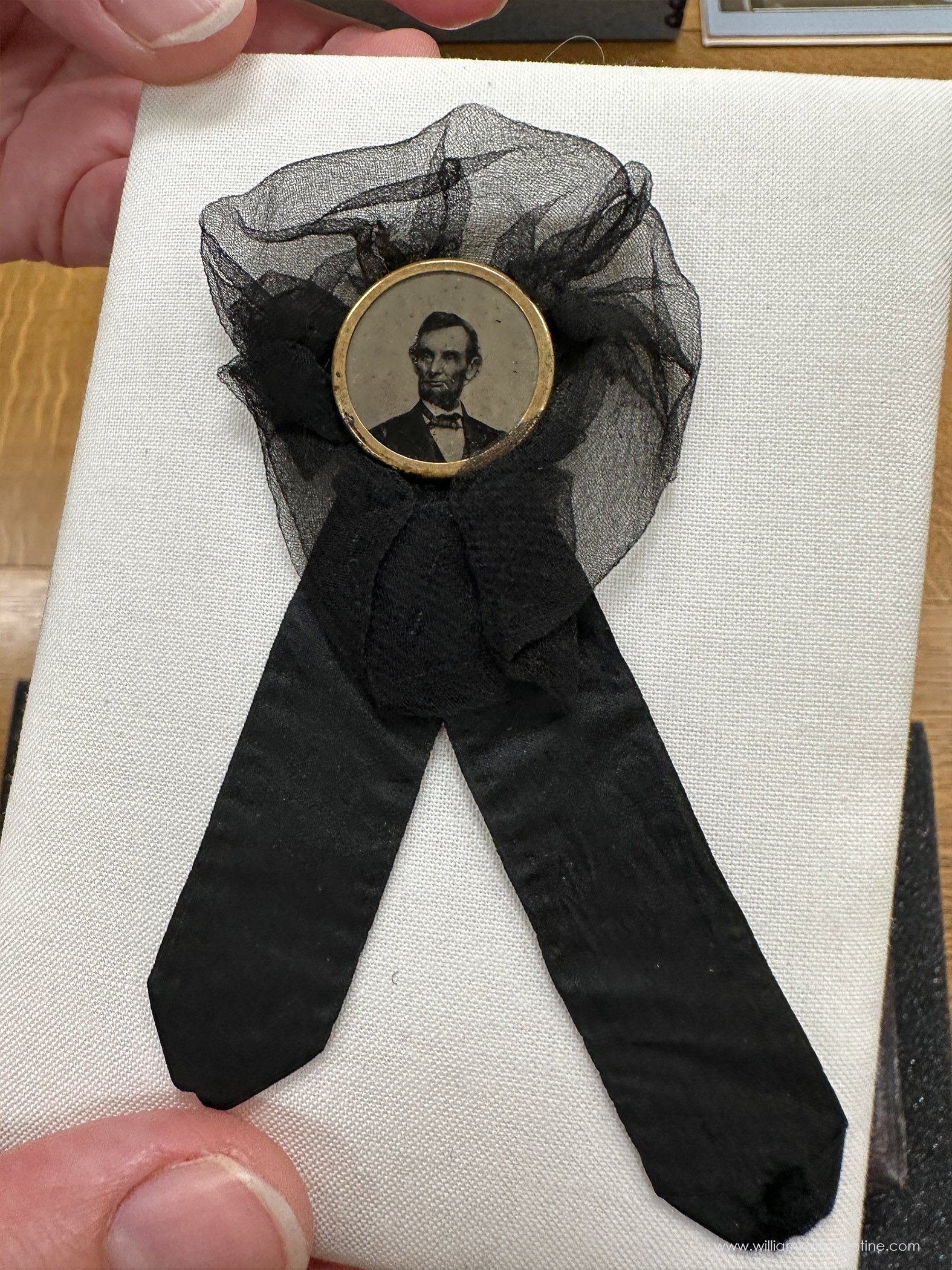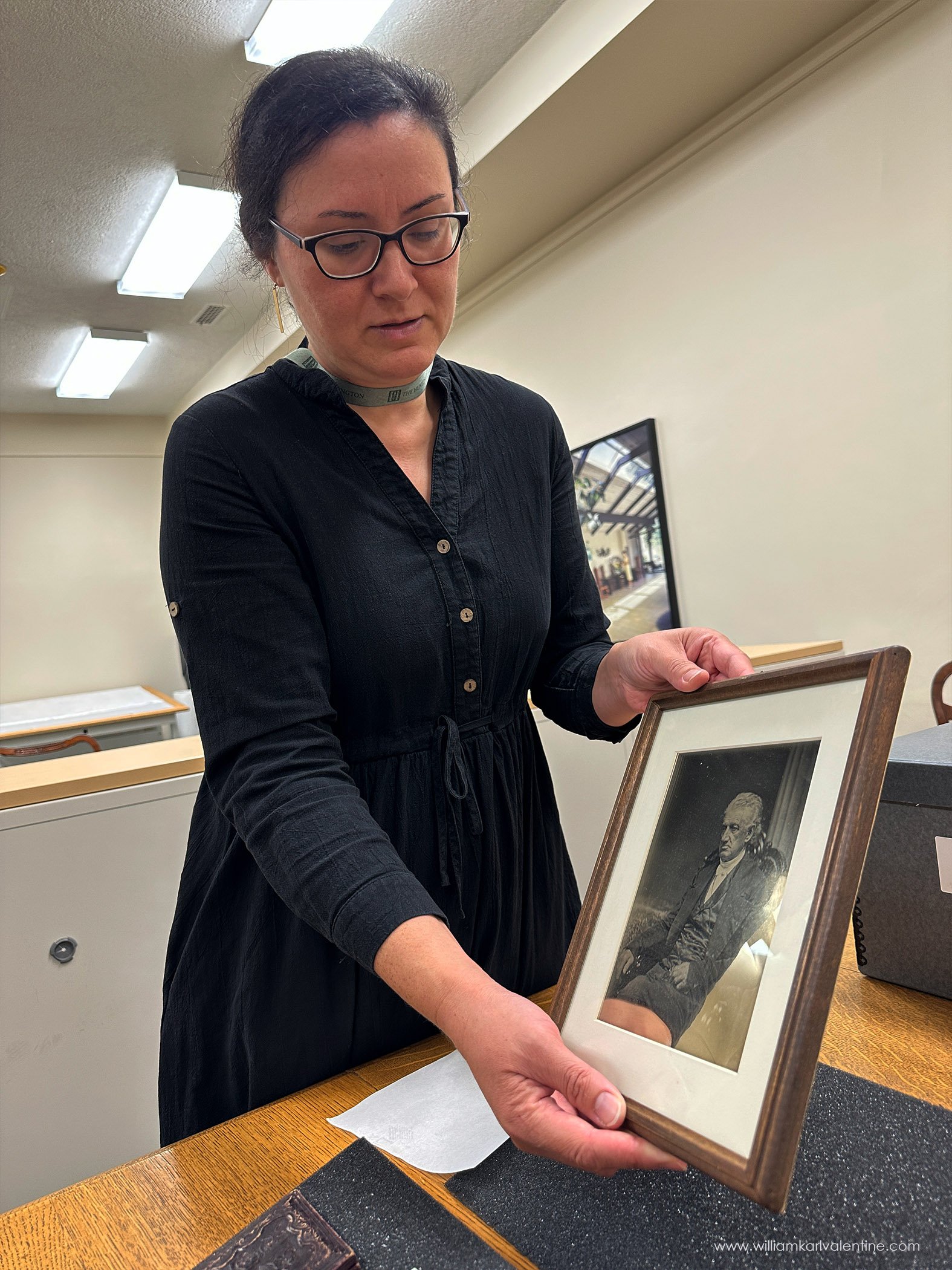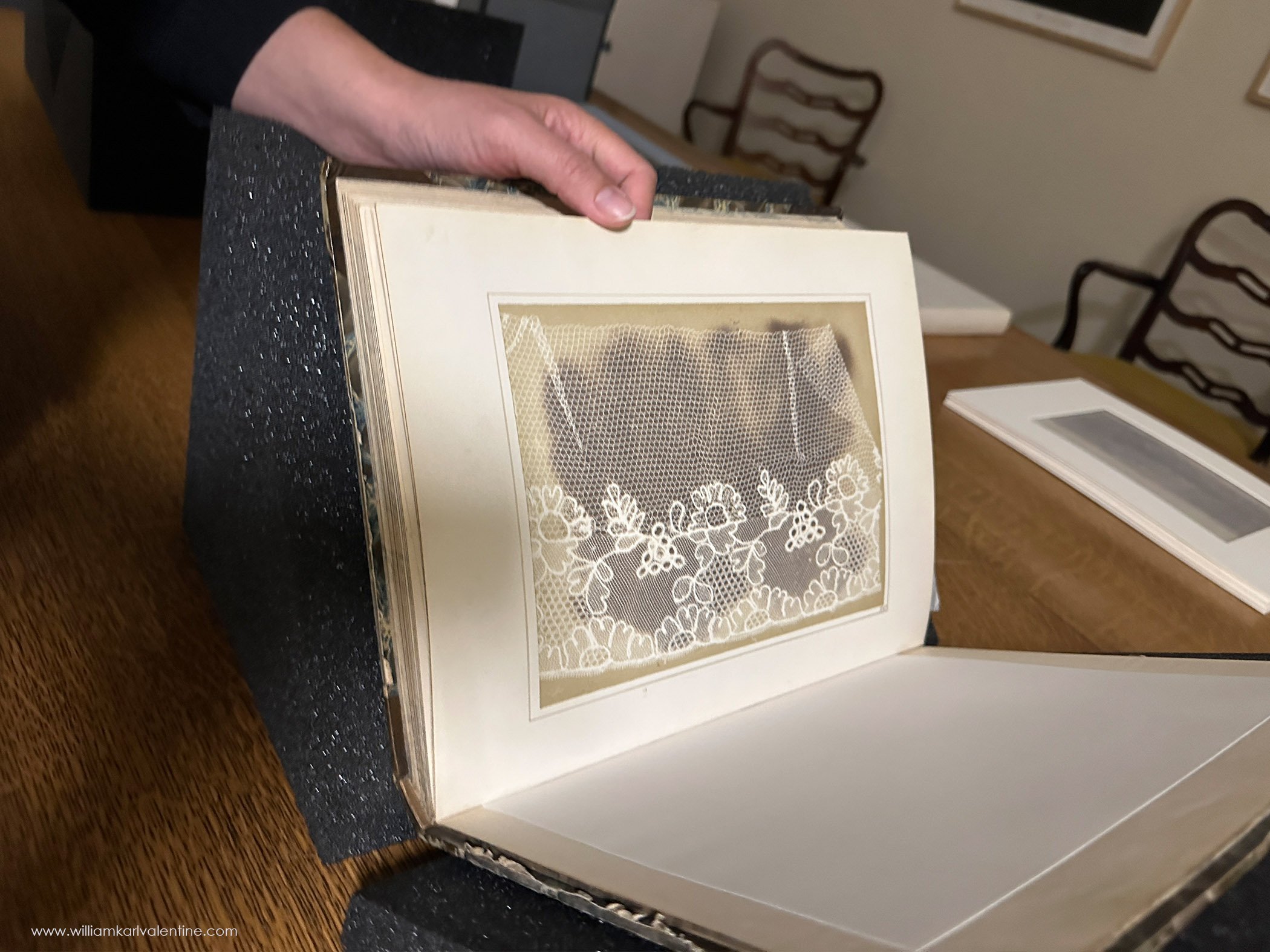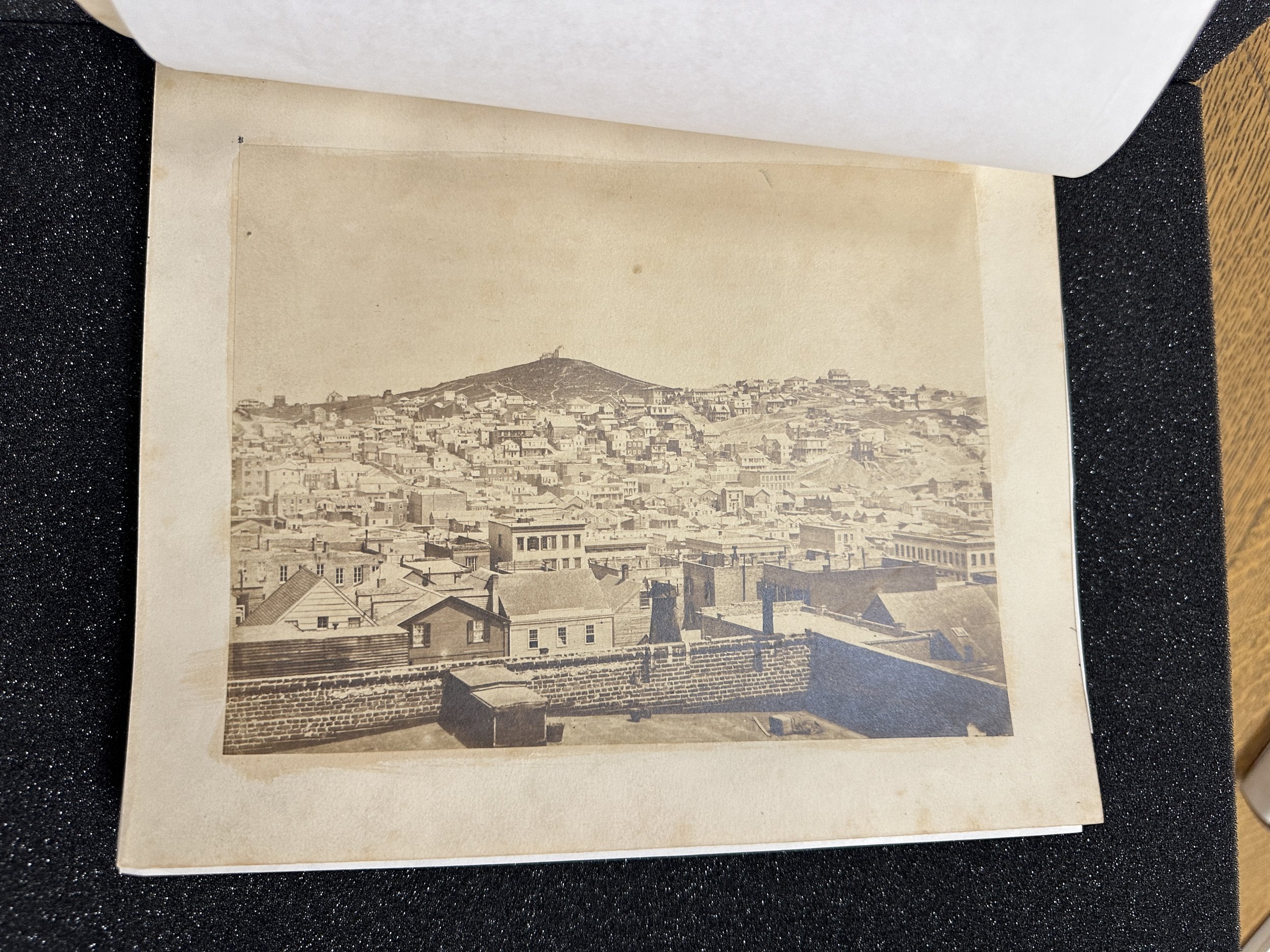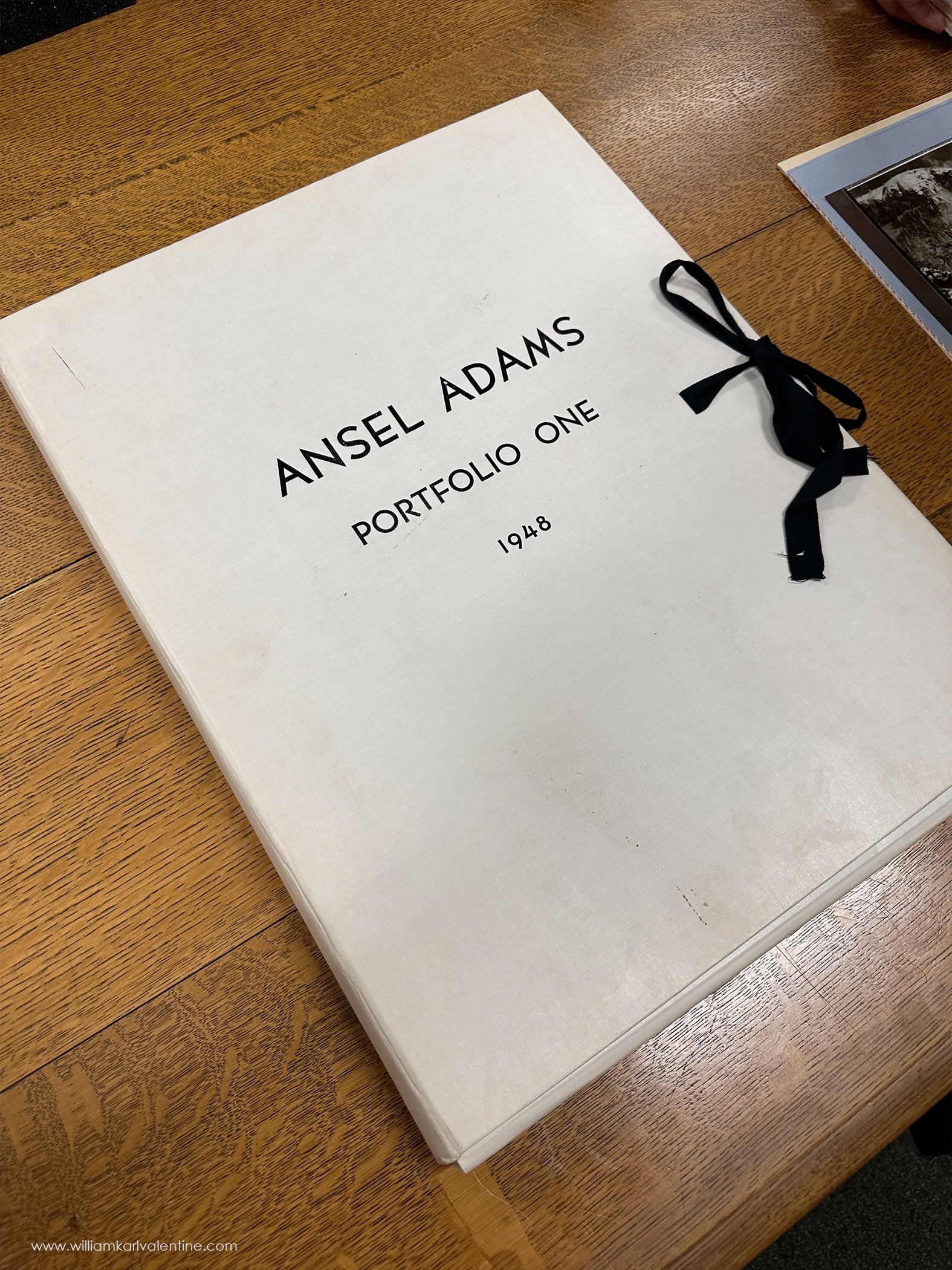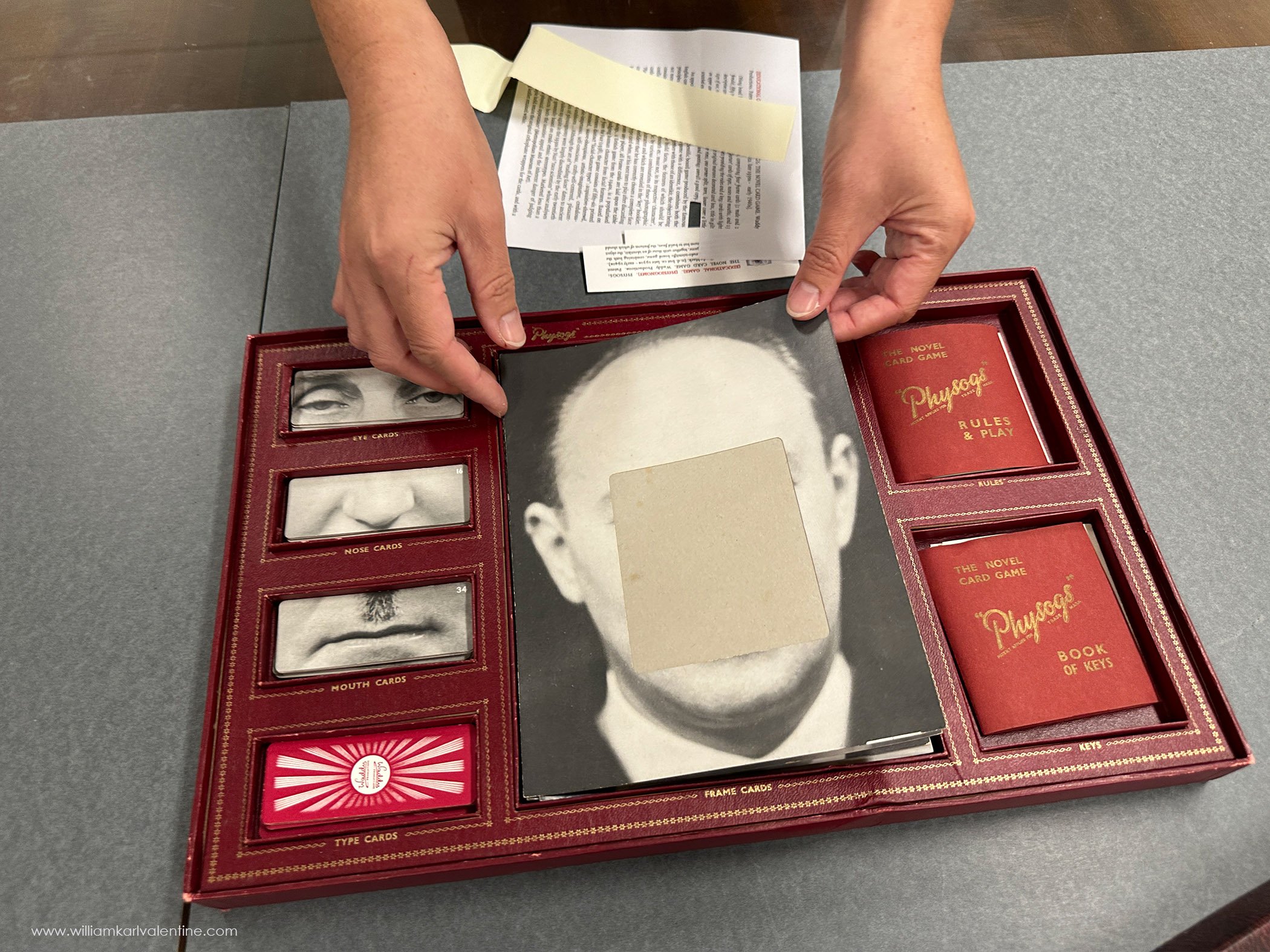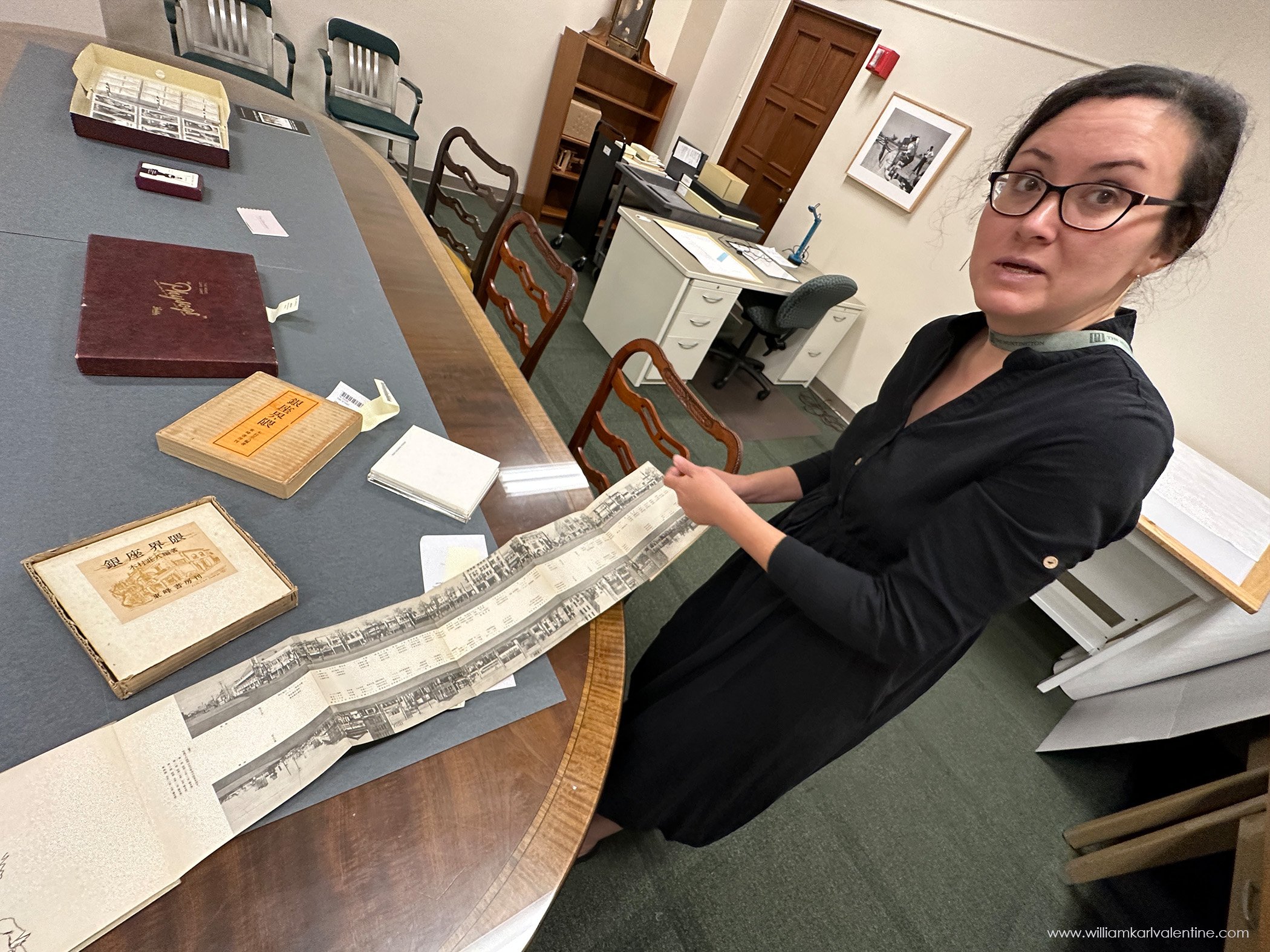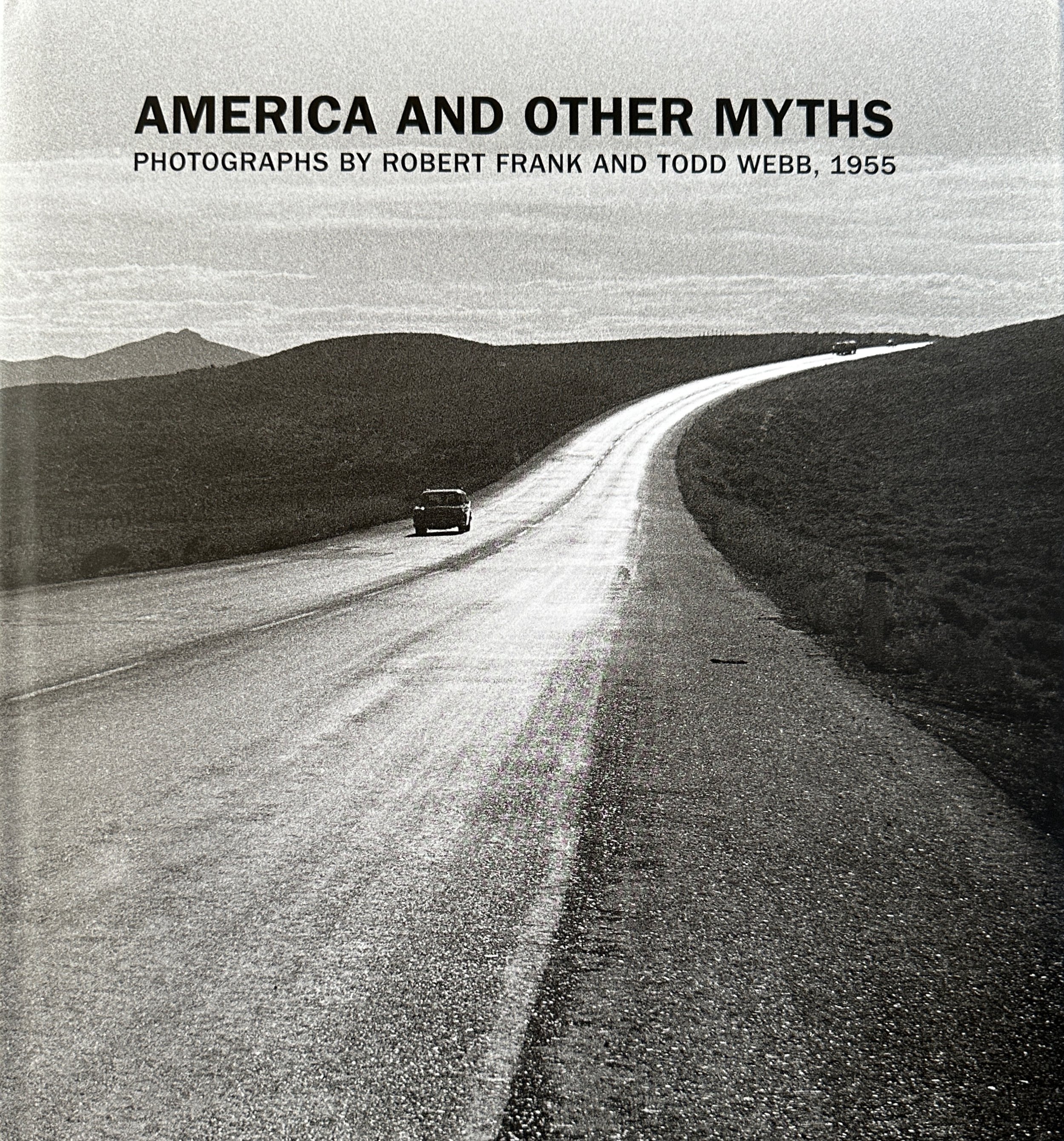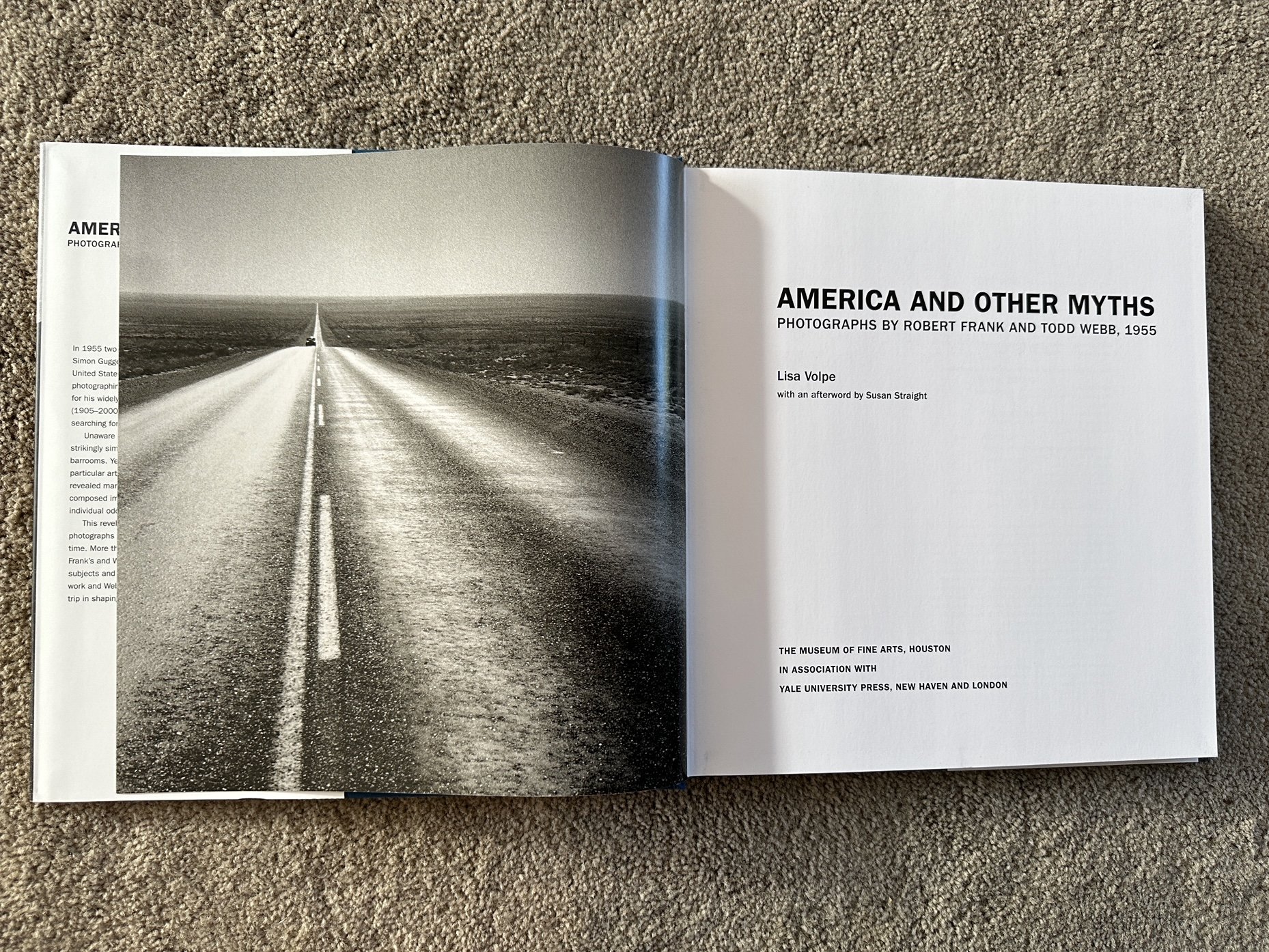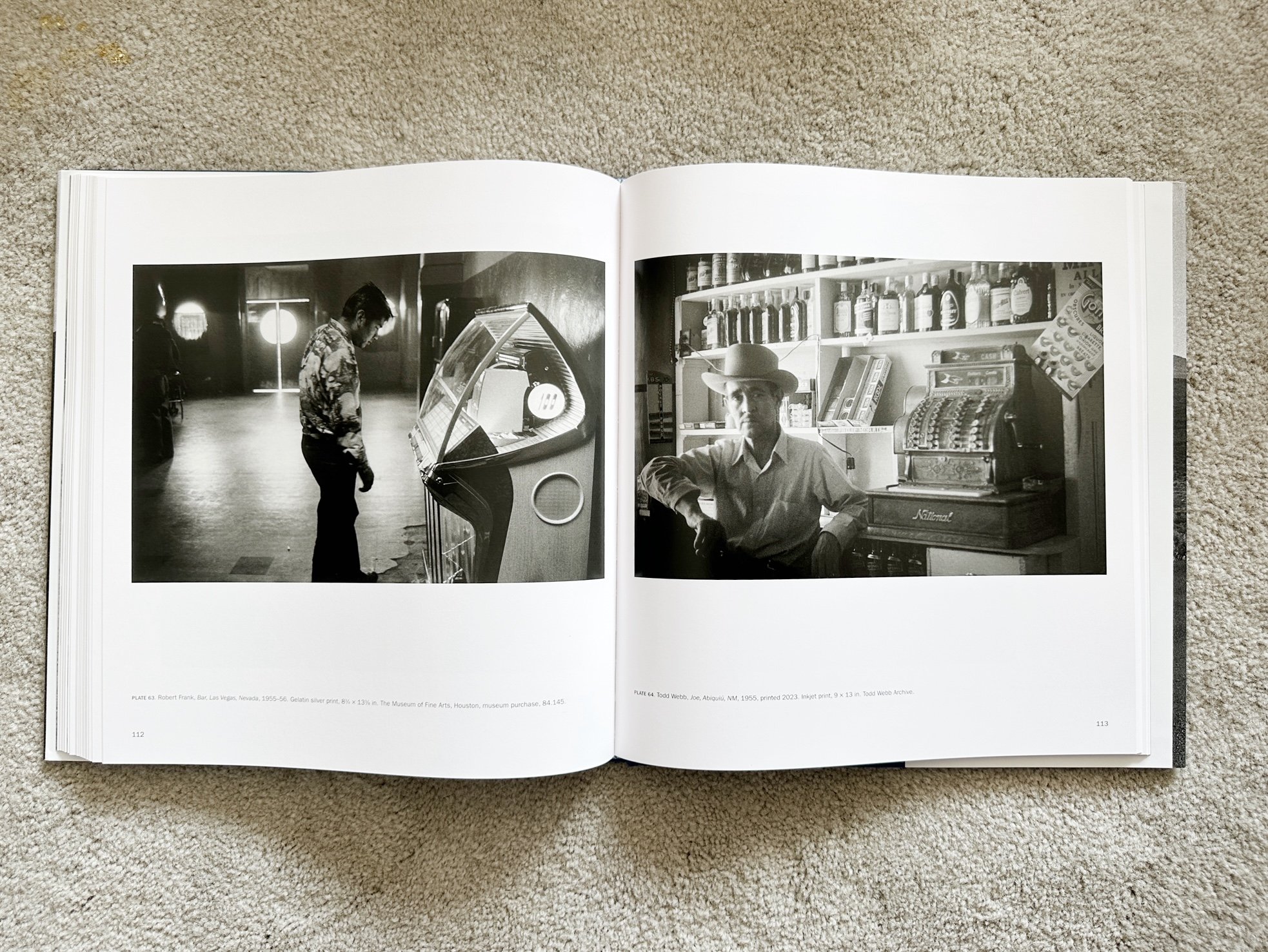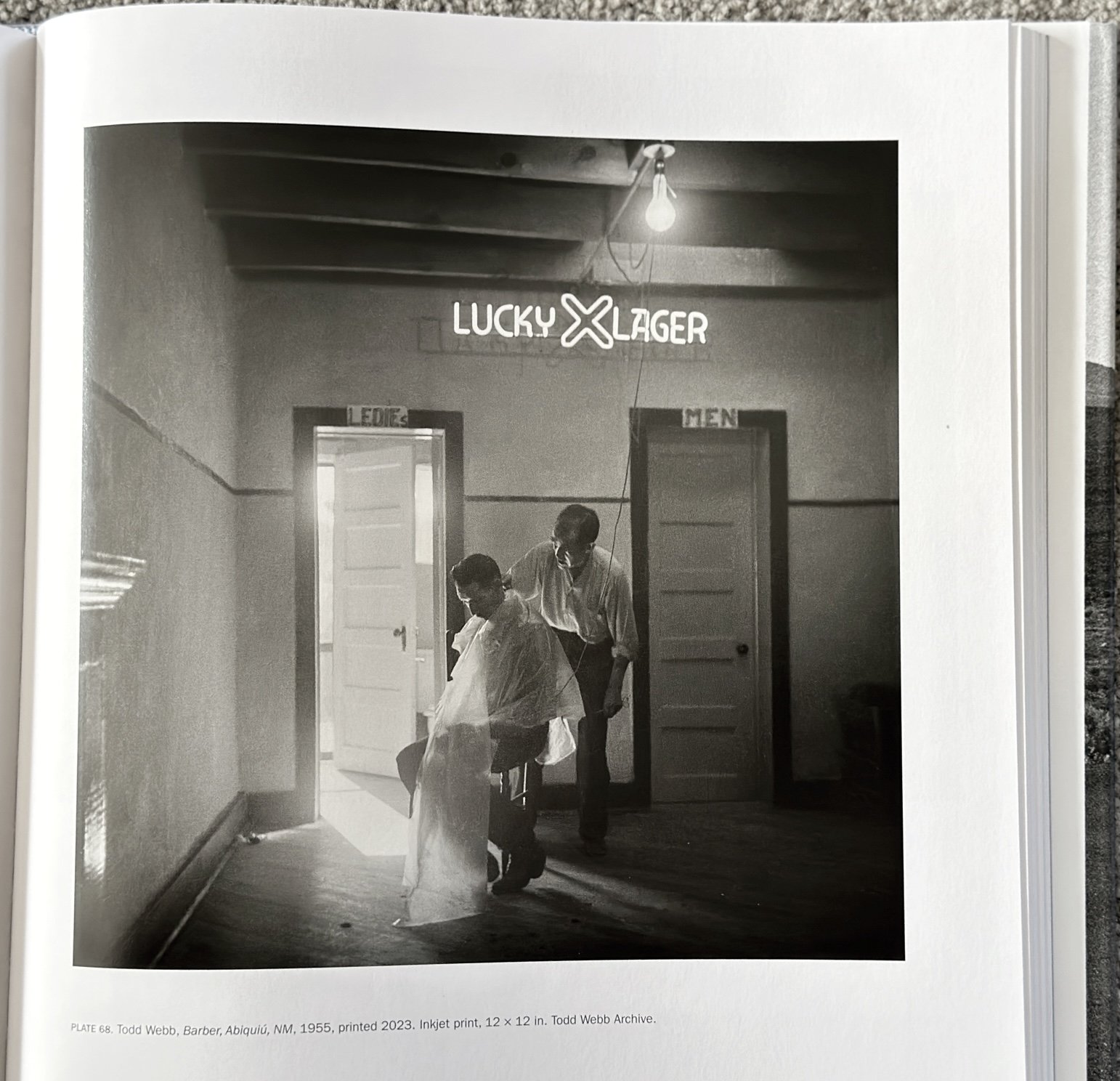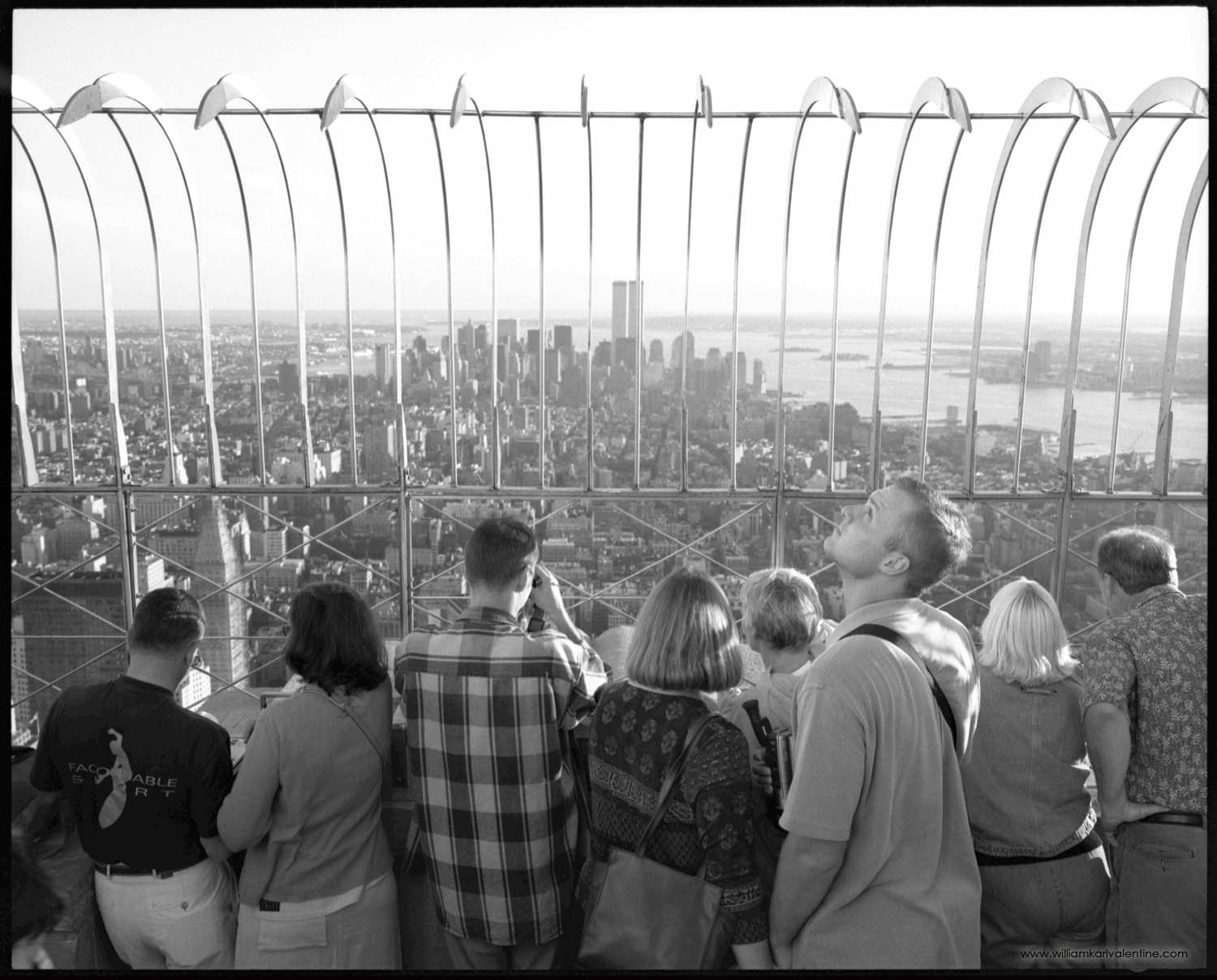This blog post is a review of several new photography books I recently added to my library.
The release of Winogrand Color was my motivation to go book shopping online. I have mentioned this time and again I love Winogrand’s photographs, and I am always interested books about his work. While ordering the Winogrand book I also came across The People’s Pictures by Lee Friedlander and two other books which were on sale and looked interesting, so I added them to the cart as well.
Twin Palms publishers describes Winogrand Color as follows
Winogrand Color presents 150 photographs selected from the archives at the Center for Creative Photography by the American film director, Michael Almereyda and former Museum of Modern Art curator, Susan Kismaric. It is the first monograph dedicated to the artist's rarely seen color work.
Images were selected from the 45,000 color slides that Winogrand photographed in the 1950’s and 1960’s.
Published November 2023, 12” x 12”, 176 pages, 150 four color plates.
The retail price is $85. Twin Palms produced two slipcase editions of 50 which are already sold out at ($300 ea) and they produced a limited edition of 750 books with an alternative cover image ($85) which is still available. The first edition printing is 7,000 books.
My first impression of Winogrand Color was good. I like the page layouts; I think the image sizes and book size are appropriate and the design is clean and simple, which I really like. The printing is very good, many images have deep shadow areas, and the printer was able to keep shadow details while still achieving solid blacks where appropriate. In reading the book detail I saw it was printed in Turkey and that several people were involved in the image restoration process, this suggested the Winogrand’s transparencies may not have been properly processed or stored.
As a document the book is good. First it documents an era in color well that most of us remember primarily in black and white. Second, and most importantly, the book allows us to see more Winogrand photographs, most of these images we have not seen before, and that allows the viewer to gain deeper knowledge about one of the greatest documentary photographers of all time. The photographs in this book also reaffirm that Winogrand was not wedded solely to Black and White photography. I remember in the 2018 documentary film on him, “All things are Photographable”, where Winogrand spoke about photographing with color film but had reservations about it because, at the time, he could not produce archival prints of color images. It showed the choice was at least partially a business decision not just an artistic one. So, as a photographer myself, the photographs in this book gave me a lot of clues about how Garry Winogrand photographed.
Many of Winogrand’s most famous images were made with a 28mm lens on a Leica M4. A number of the color images in the book seem to be made with longer legnth lenses. Winogrand is at his best when there are layers of information in his image. Winogrand was quoted numerous times talking about how he liked his photographs to be more interesting than the subject matter and how he photographed to see what something looked like photographed. With a wide-angle lens, you tend to have more content in the frame which lends itself to what Winogrand was after. You can still achieve images with deep meaning using longer focal lengths, Max Yavno is someone who photographed that way, but it did not seem to be Winogran’s typical approach. Thinking of Winogrand’s Women are Beautiful, when I saw the entire portfolio displayed at Pier 24’s exhibition “The Grain of the Present” in 2017, I really became aware of how rarely he used a longer lens.
This book begins with a number of longer focal length images at Coney Island I assume. They seemed more voyeuristic than insightful and I questioned if these were images that Winogrand really would have included in a portfolio or if he was just exploring with his camera. Was the color film and the focal lengths a careful creative decision or was it more spontaneous. I don’t know how Garry set up his cameras related to film type or if he carried similar focal length lenses. I have seen video of Winogrand photographing in the 1980’s and he had a single camera in hand and camera bag, but he didn’t seem to be transitioning to a second camera body. I wonder if Winogrand had his primary Lieca M4 with the 28mm lens loaded with black and white film and then had a telephoto lens on another Leica loaded with color slide film? Having photographed in the pre-digital era I remember having to carry two camera bodies if I wanted to photograph in color and black and white. It would also make sense logistically if he had a telephoto lens on the camera with color film too, because if he wanted to use a telephoto lens for a black and white image, he could just trade the lenses between bodies. (It is unfortunate that so many photographers today have never worked with analog cameras because it would give them a greater appreciation of what photographers in the past accomplished.)
Several images in the book looked to me as if Winogrand saw something that interested him, and he used the color film camera to just see the difference of how the image would be in color. One example is his famous image of a couple in Central Park Zoo with the baby monkeys. The famous black and white image is framed so much better than the color image in this book. Interestingly when examining and comparing the color and the black and white imagers of the couple it is obvious the color image was photographed with a wide angel lens and that the black and white image may have been photographed with a slightly longer length lens but still not a telephoto lens. The black and white image is the better composed and the lack of color helps the viewer focus on the details within the frame. There are a few images in the book that seem just okay like he was making an exposure to see the difference but not with the intent to ever exhibit the image. The photo in the book of a boxing match where you basically just see the ceiling looks like an absolute mistake, like it was an accidental exposure (Like most photographers I have captured many mistakes in my time). There are a number of images in this book that seem to fall short. This book is not an example of Winogrand’s best work, and I question the curator’s selections and wonder if Winogrand would have showcased the same images; I also can’t imagine if the editors had 45,000 color images that this collection was the best of that lot. I have not been able to find a concise statement about this book from either Tod Papageorge or Joel Meyerowitz who photographed with Winogrand during this time and know his process better than most people; I would love to hear their review of it. I think Arthur Lubow from the New York Times wrote a solid article reviewing the book and comparing Winogrand’s color work with other noted photographers working with color film at the time. The only thing in Lubow’s article I would question is when he said this about the couple in the Central Park Zoo: “It is a biting and unsettling comment on the era’s prevailing slurs about interracial marriage.”. I completely understand interpreting this image this way with today’s viewpoints, and I am sure some viewers now, and through the years, share Lubbow’’s opinion. But I specifically remember Tod Papageorge discussing this image in the documentary film on Winogrand “All Things Are Photographable” and dispelling that intent. Papageorge was there with Winogrand when he photographed the couple and in fact Papageorge photographed Winogrand with the couple. In 2014 Tod Papageorge wrote an article about the image for Transatlantica that explains everything about it. I have authored a separate blog with more detail on this subject.
So, to wrap up my opinion of the book, it does have value for me since I get to see more examples of Winogrand’s work and continue to better understand him. This book is not a priority add for a photography library and it isn’t something everyone should buy. 1964 and Figments from the Real World are much better books that showcase Winogrand at his best. This book is for people wanting to learn more about Winogrand and how he photographed. I am happy I added it to my library, and I know other Winogrand fans will feel the same way.
